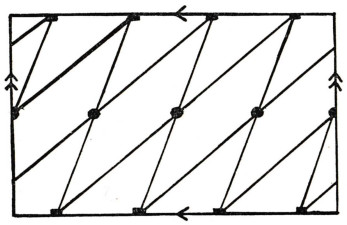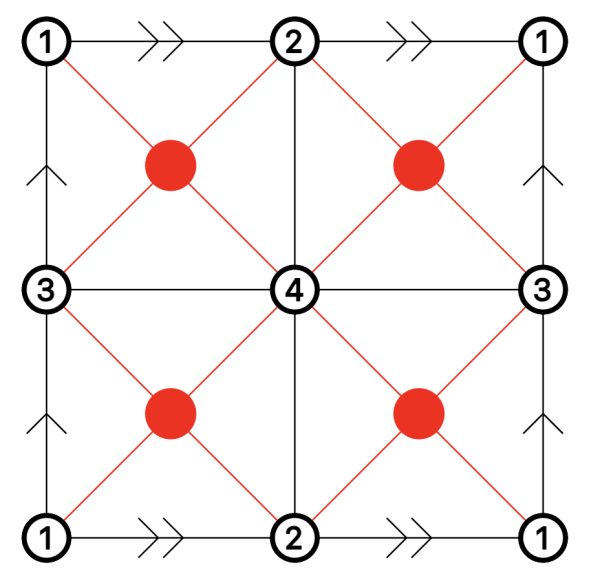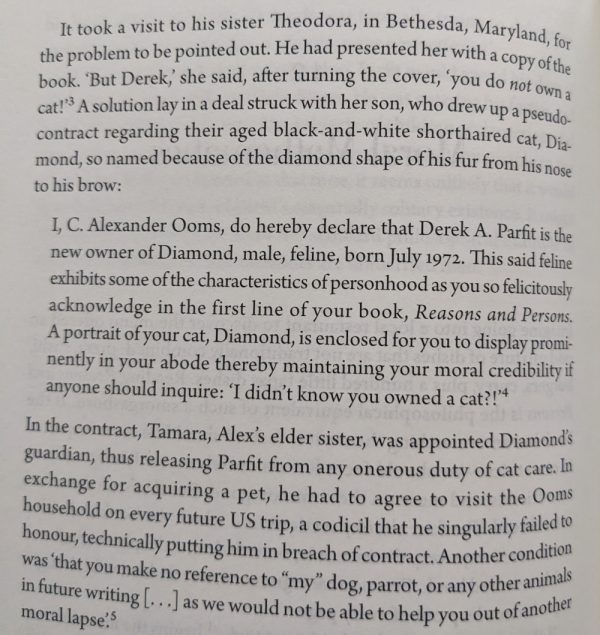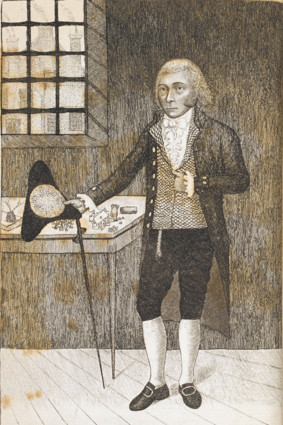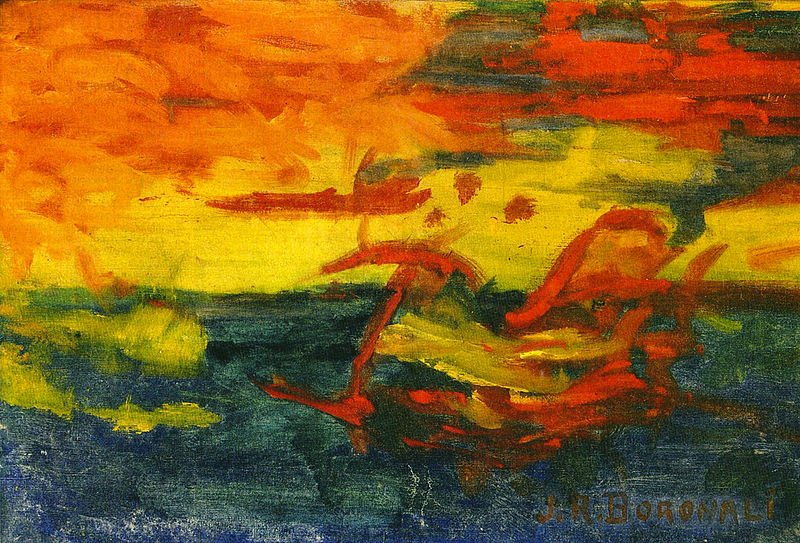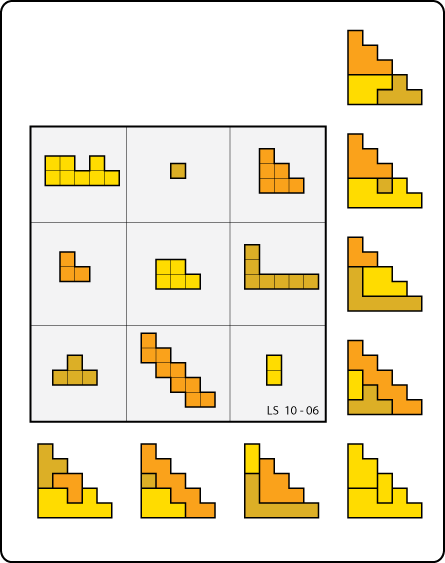Corresponding with Leibniz about his method of infinite series in 1677, Isaac Newton wanted to advert to his “fluxional method,” the calculus, without actually revealing it. So he used an unusual expedient — after describing his methods of tangents and handling maxima and minima, he added:
The foundations of these operations is evident enough, in fact; but because I cannot proceed with the explanation of it now, I have preferred to conceal it thus: 6accdae13eff7i3l9n4o4qrr4s8t12ux. On this foundation I have also tried to simplify the theories which concern the squaring of curves, and I have arrived at certain general Theorems.
That peculiar string is an inventory of the letters in the phrase that Newton wanted to conceal, Data aequatione quotcunque fluentes quantitates involvente, fluxiones invenire; et vice versa, which means “Given an equation involving any number of fluent quantities to find the fluxions, and vice versa.” So “6a” indicates that the Latin phrase contains six instances of the letter A, “cc” means that there are two Cs, and so on. In this way Newton could register his discovery without actually revealing it — the fact that he could present an accurate letter inventory of the fundamental theorem of the calculus proved that he’d established the theorem by that date. (More details here.)
Robert Hooke had used the same resource in 1660 to establish priority for his eponymous law before he was ready to publish it. And Galileo first published his discovery of the phases of Venus as an anagram. The technique today is known as trusted timestamping.
(Thanks, Andy.)

